The diversity of wildlife habitats on the estate is exceptional, unique in central Scotland, supporting a wide range of species many of conservation importance.
Located just 40 minutes from Glasgow and 55 minutes from Edinburgh, there is nowhere so close to the major cities in Scotland which offers such a diverse and authentic wildlife experience. The woodland matches the splendour of the Caledonian Forest found in the Cairngorms National Park. The variety of animal species at Brucefield is extraordinary – the badger and pine marten activity is remarkable.
Over the last five years, working with independent ecologists, we have collated data to achieve a baseline demographic of most of the flora and fauna found across the 1000 acres of Brucefield Estate. This has been fundamental for us to put together our 10-year wildlife plan which aims to protect and enhance the biodiversity on the estate.
The estate is a mosaic of habitats including semi-ancient woodlands of Scots pine, birch, and oak as well as heathery heath, wet meadows and fields.
Of native trees in Scotland, it is the downy birch that supports the highest number of species, however the Scots pine (native from the Arctic circle to the Caucasus) supports the most in terms of rarities.
The mosaic of habitats, in a comparatively small area, supports a rich diversity of plants and animals including many of conservation importance including pine marten, red squirrel, birds (green woodpecker, lapwing, woodcock, tree sparrow), reptiles, barn owls and bat species.
The large veteran trees, some over 300 years’ old, with all their crevices and cracks offer valuable habitat for not only insects but also their prey such as woodpeckers and bats.
Veteran trees and the abundance of trees left to decompose on the ground and not tidied away provide an essential habitat for many species:
Saproxylic organisms, that is those that require deadwood as part of their life cycle. Many of these species are now rare or threatened due to lack of wood left to rot in woodlands and vary from fungi to woodpeckers but invertebrates are the largest group at Brucefield.
Saprophytic fungi, many fungi are saprophytic which means that they munch through and digest the remains of dead plants and animals into small blocks of nutrition. Without these fungi, dead trees and animals would be lying around a lot longer in our woodlands. With these fungi, essential nutrients such as humus and minerals are unleashed and provide food for nearby plants. This type of fungi are often tree species-specific for example horse hoof fungus grows on birch trees. Without these fungi, the next generation of plants are deprived of this essential nutrition.
The wetlands support an outstanding assemblage of invertebrate species including the Near Threatened small pearl-bordered fritillary butterflies (Boloria selene).
Several Nationally Scarce species have been recorded such as the little spine-palp spider (Allomengea vidua), a woundwort-eating weevil (Thamiocolus viduatus), and a wetland beetle (Quedicus fulvicollis).
Plants are also an exceptional feature at Brucefield Estate, with 418 vascular plants (plants with distinguishable roots, stems and leaves), and 151 bryophytes (mosses and liverworts).
Several species are Nationally Scarce including the moss (Ulota calvescens) and liverwort (Calypogeia integristipula).
The arable field margins support several species that are of local and national conservation status including corn marigold (Glebionis segetum), corn spurry (Spergula arvensis) and hairy buttercup (Ranunculus sardous).
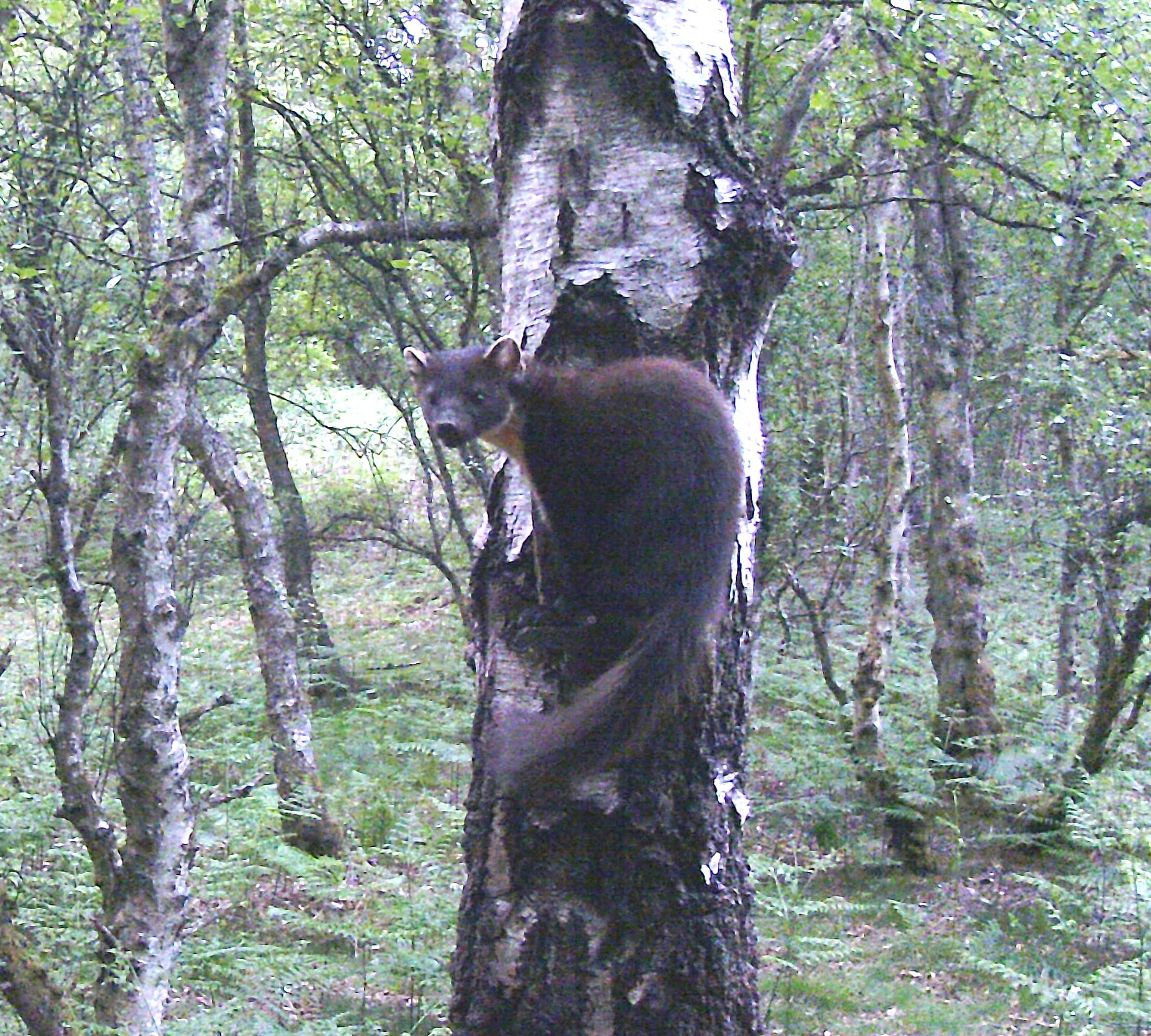
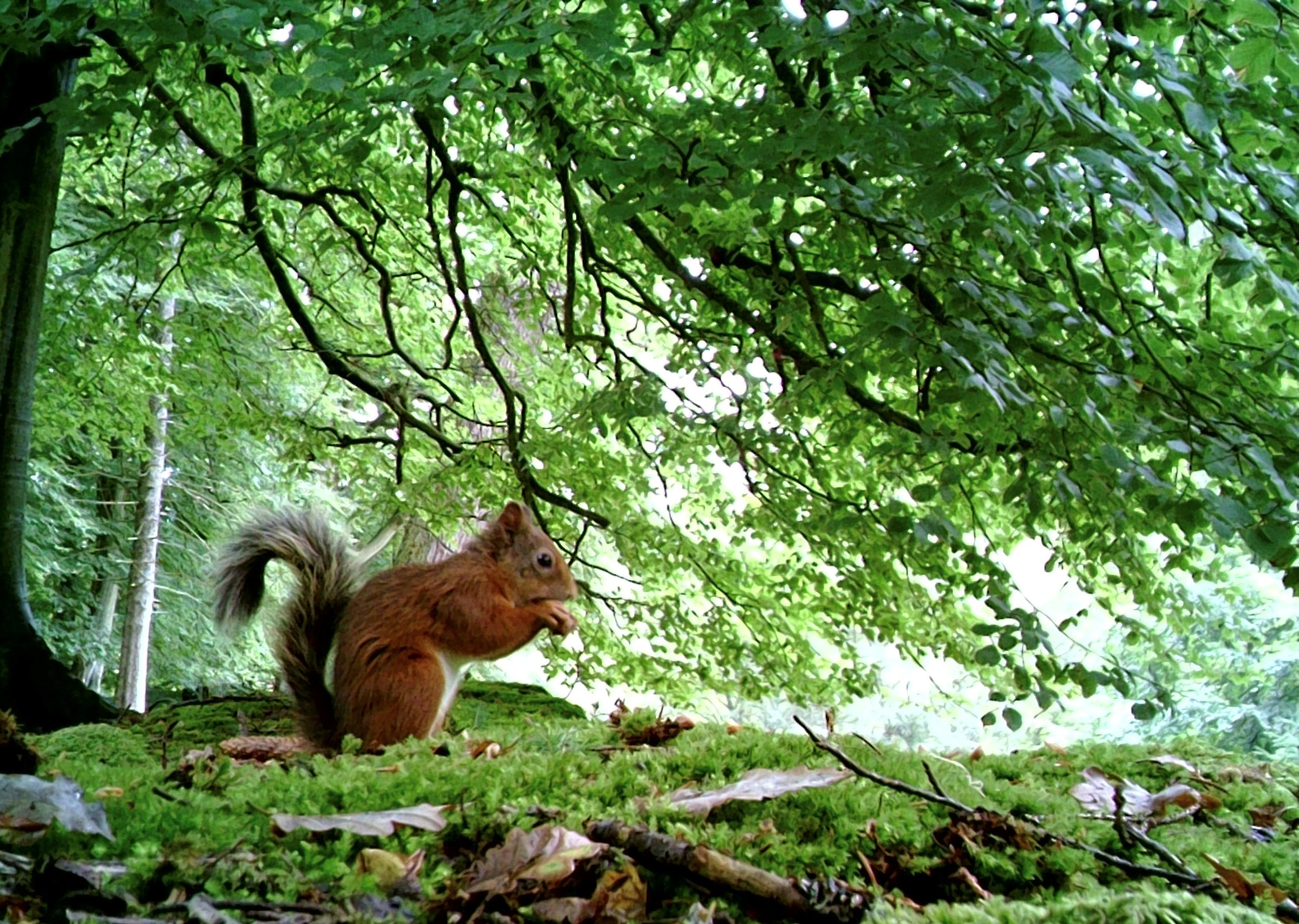

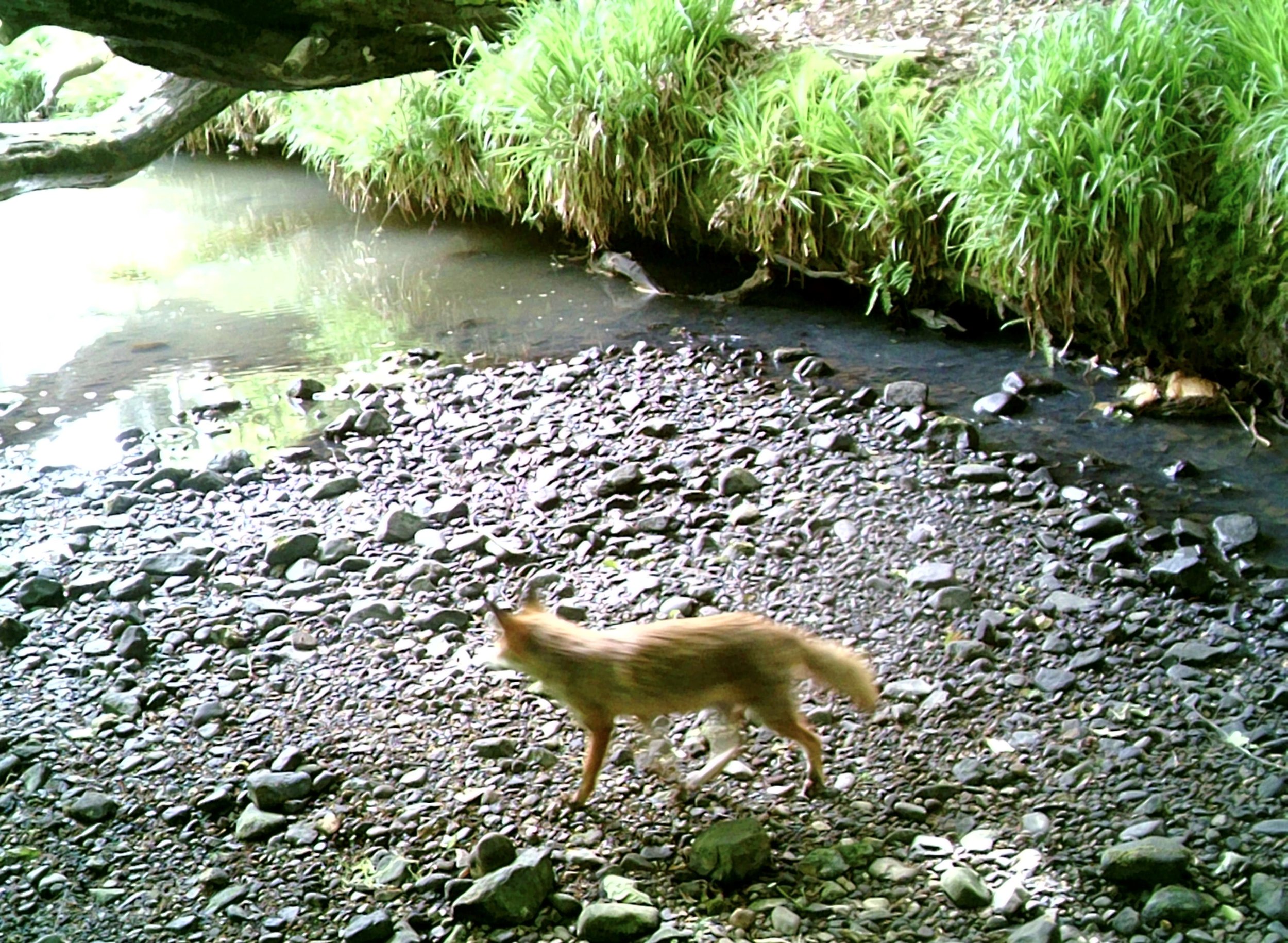

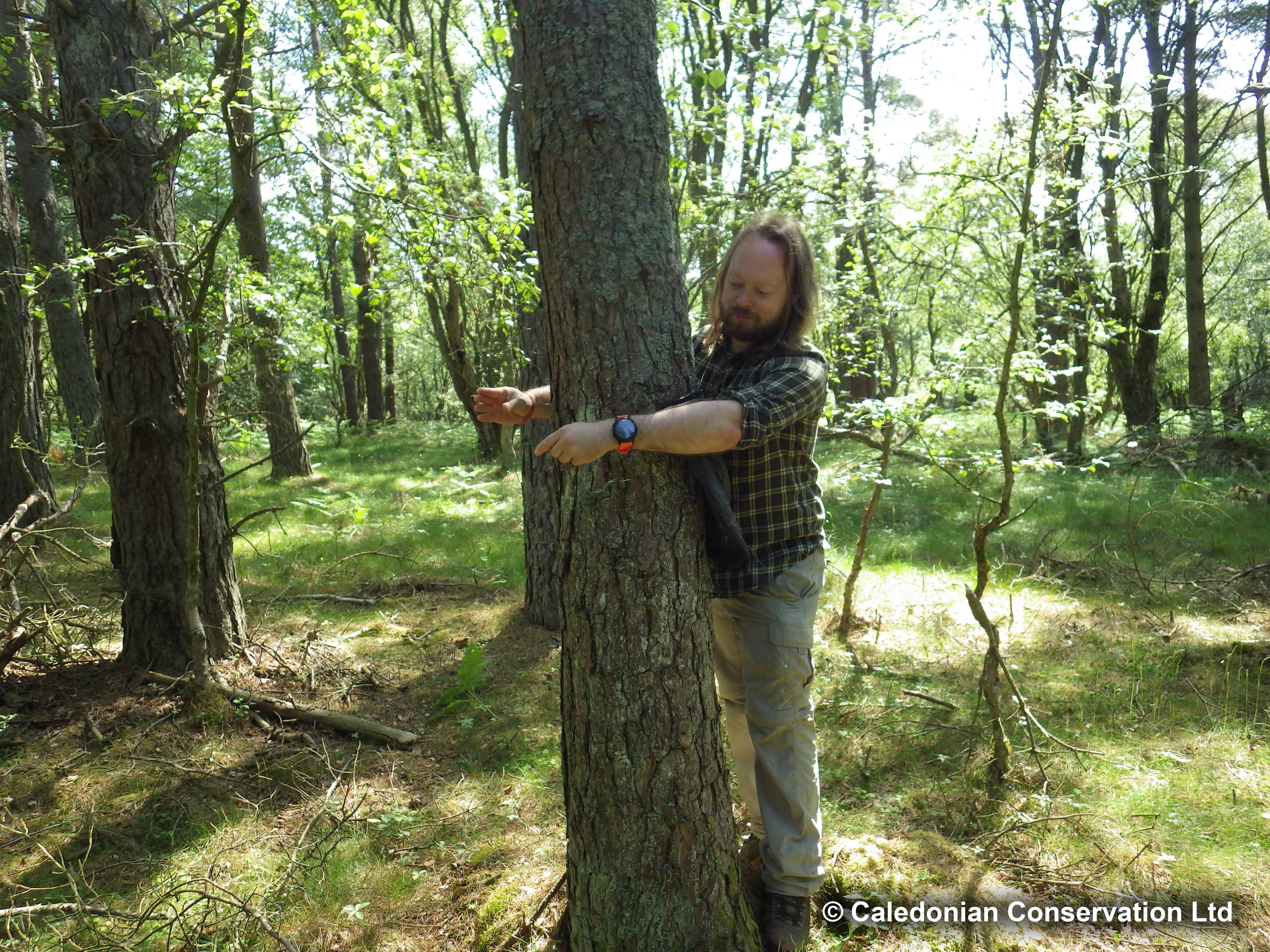
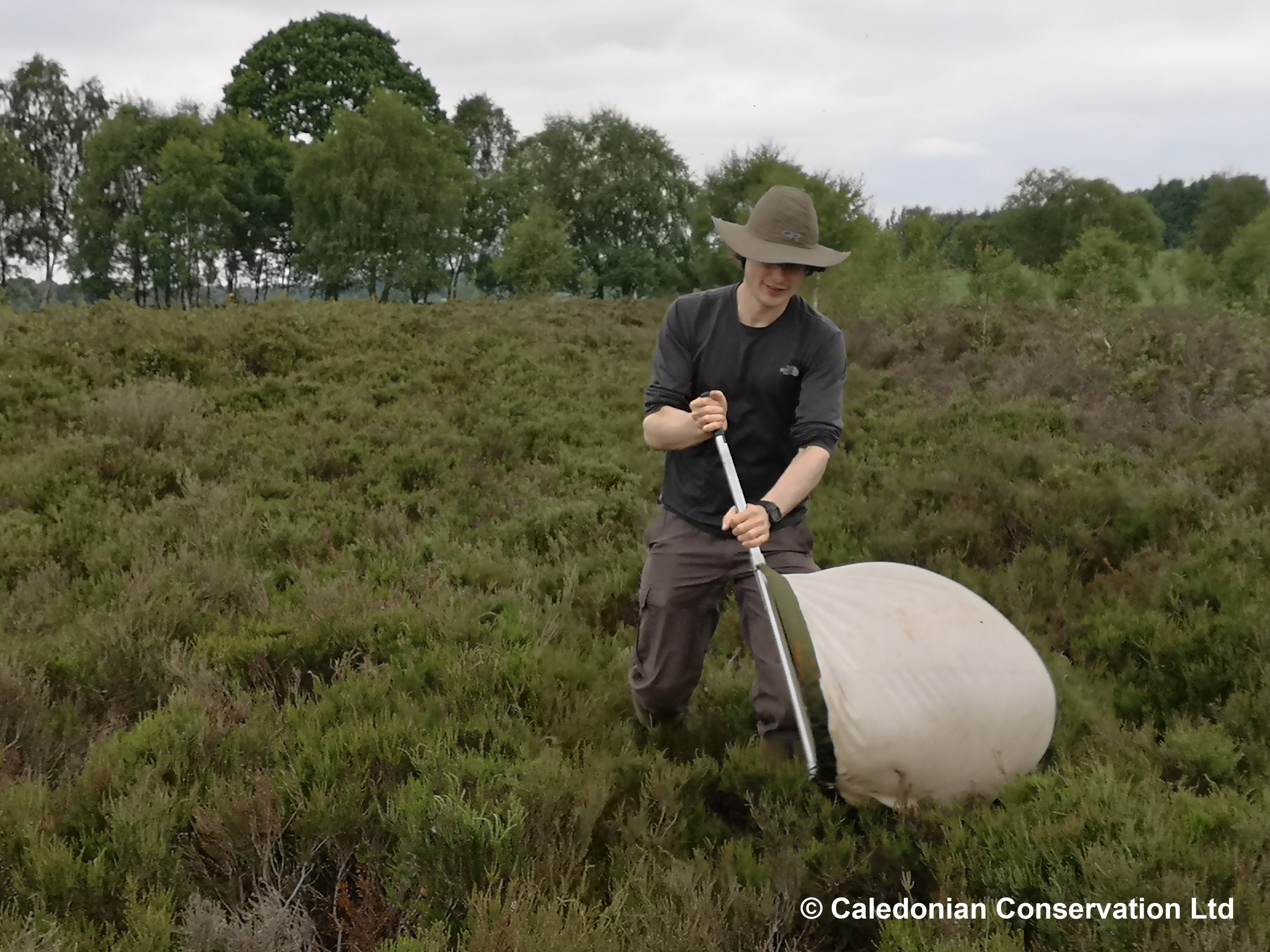
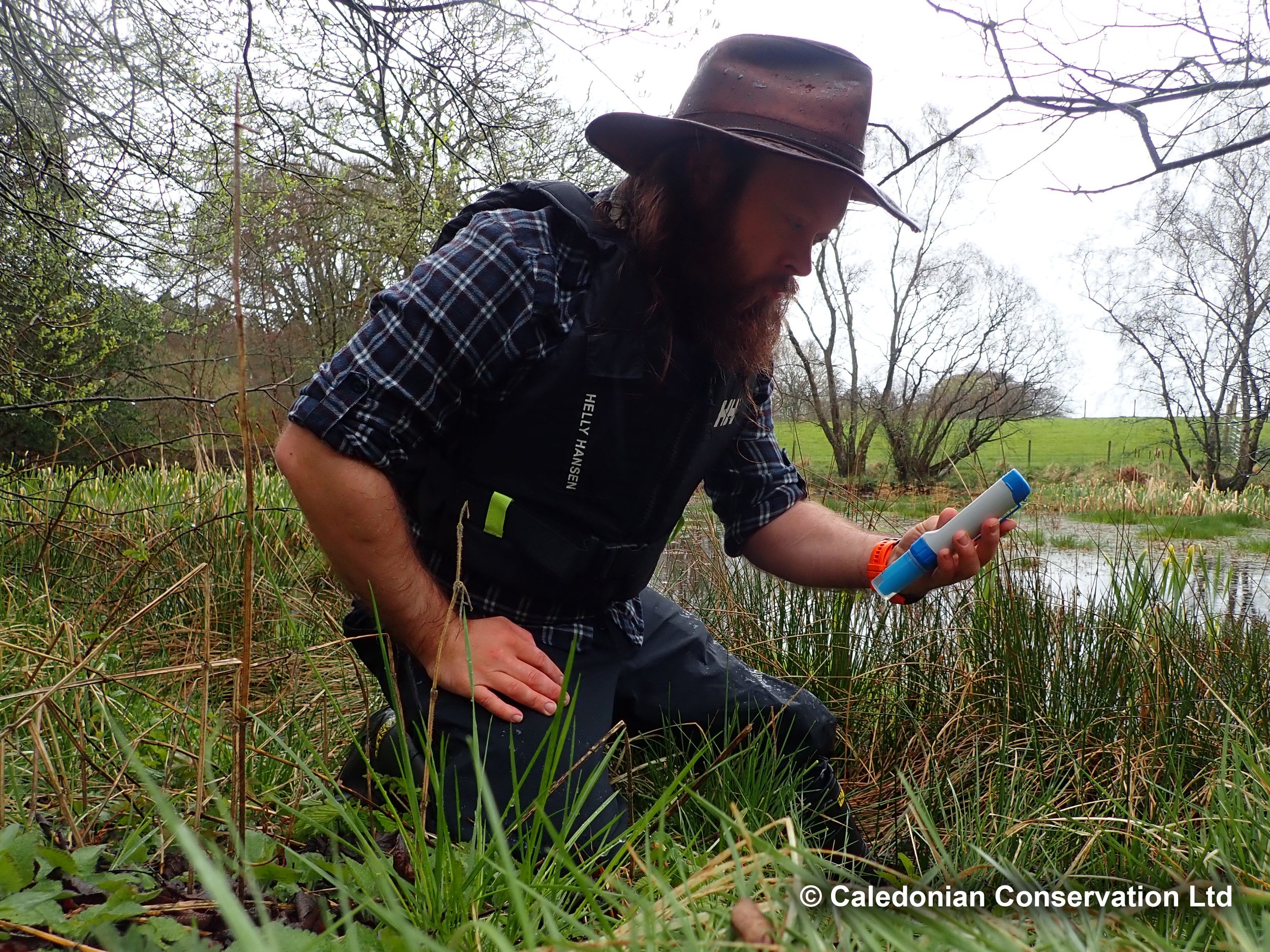

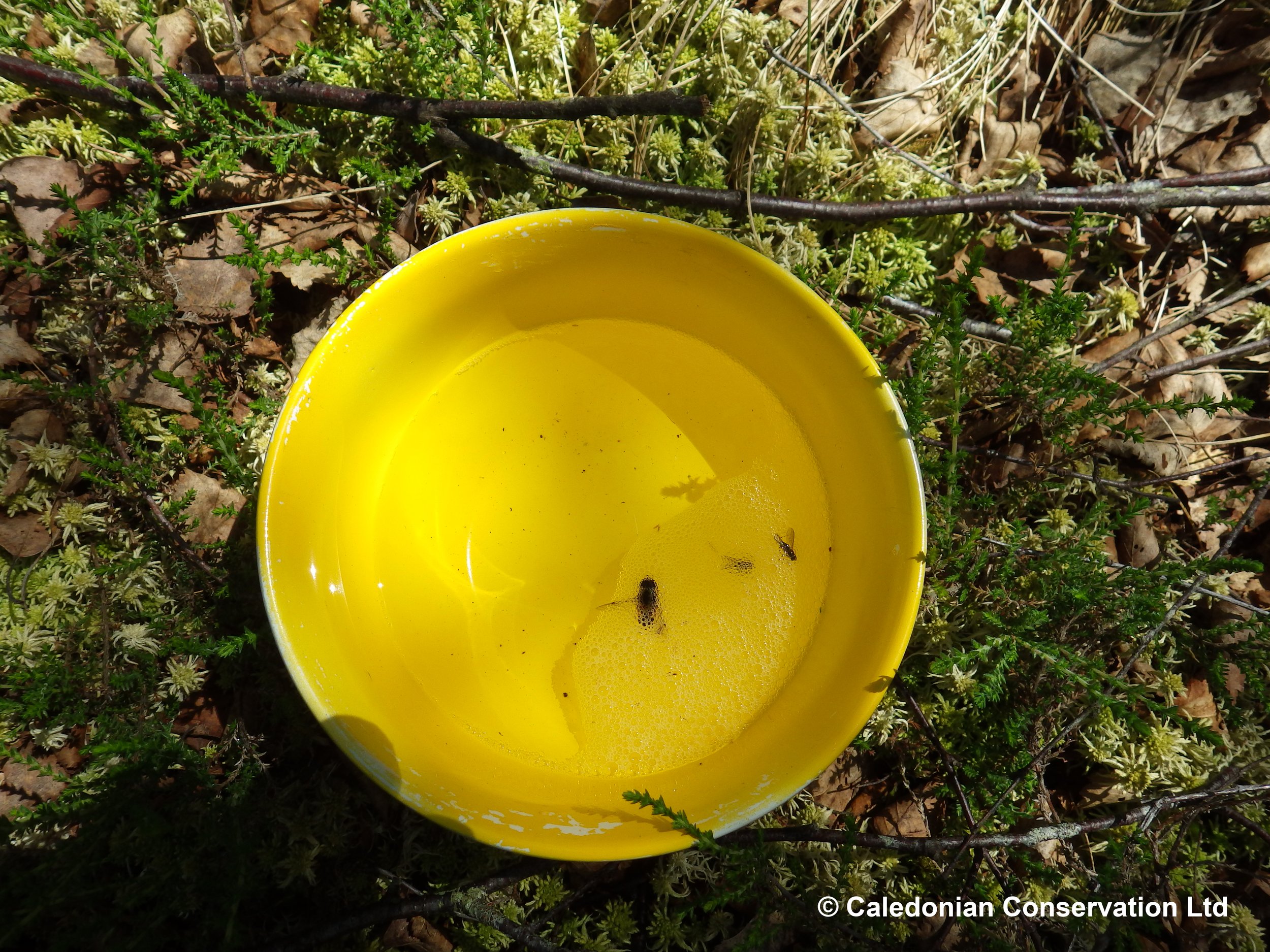

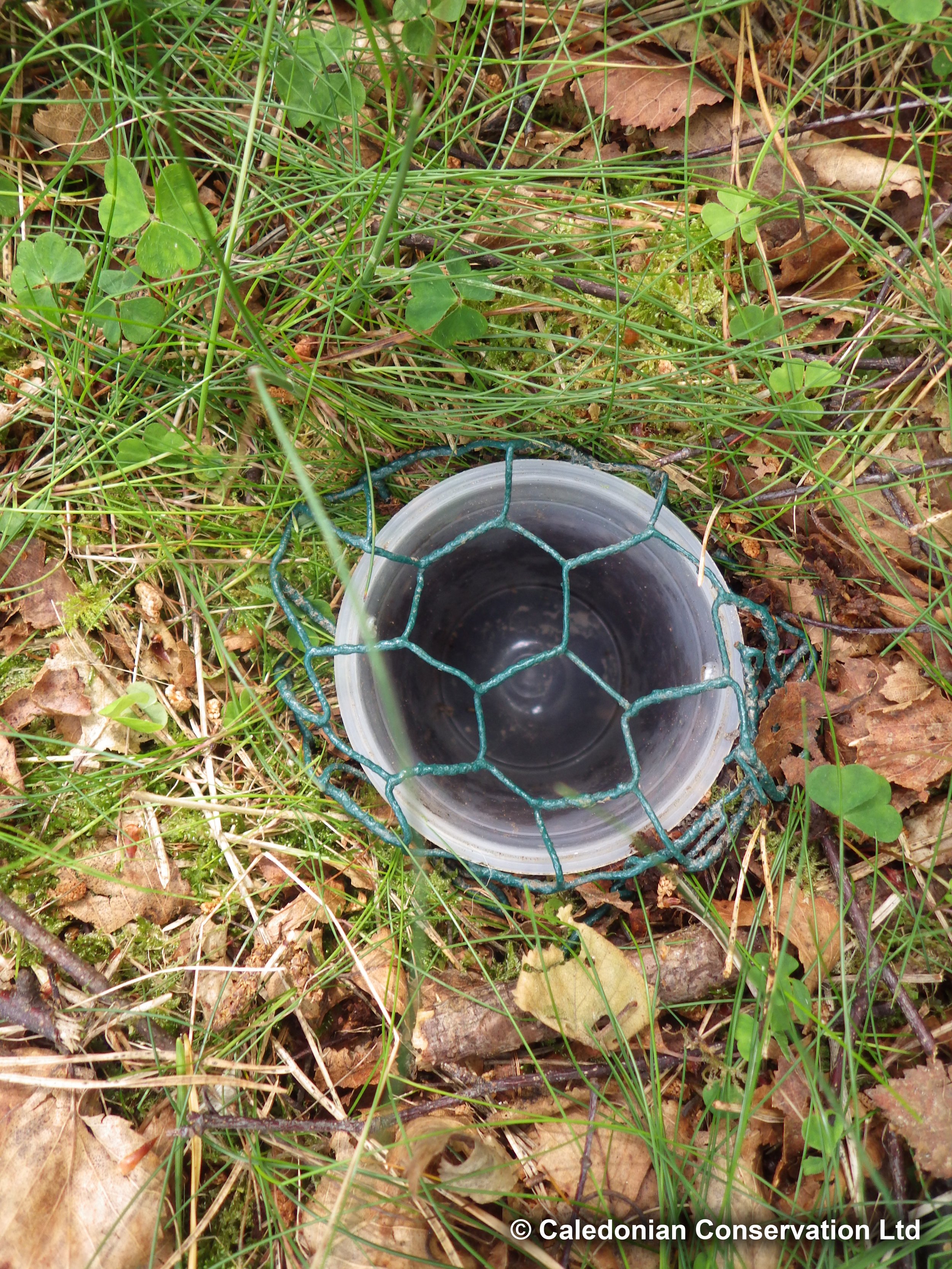
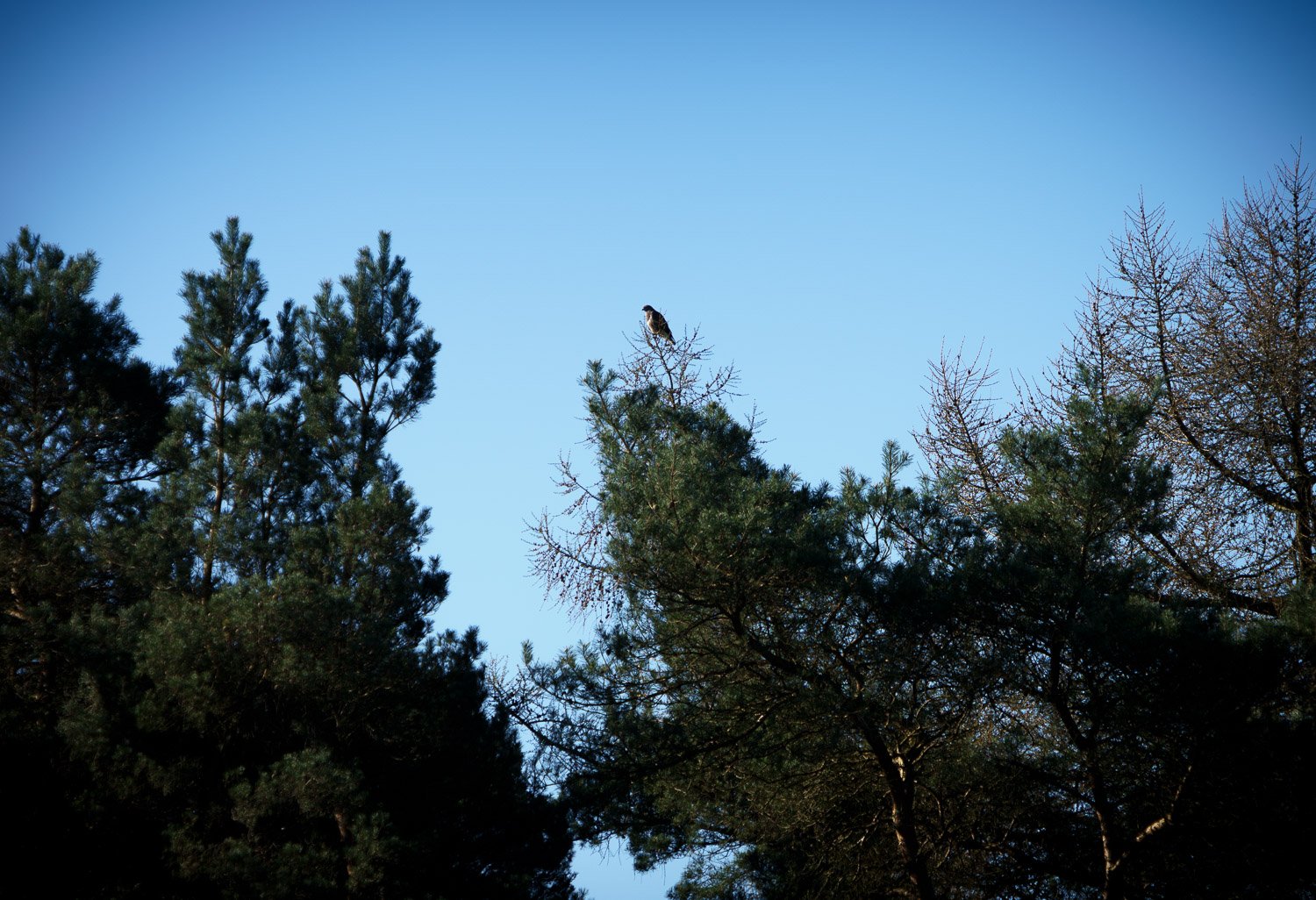
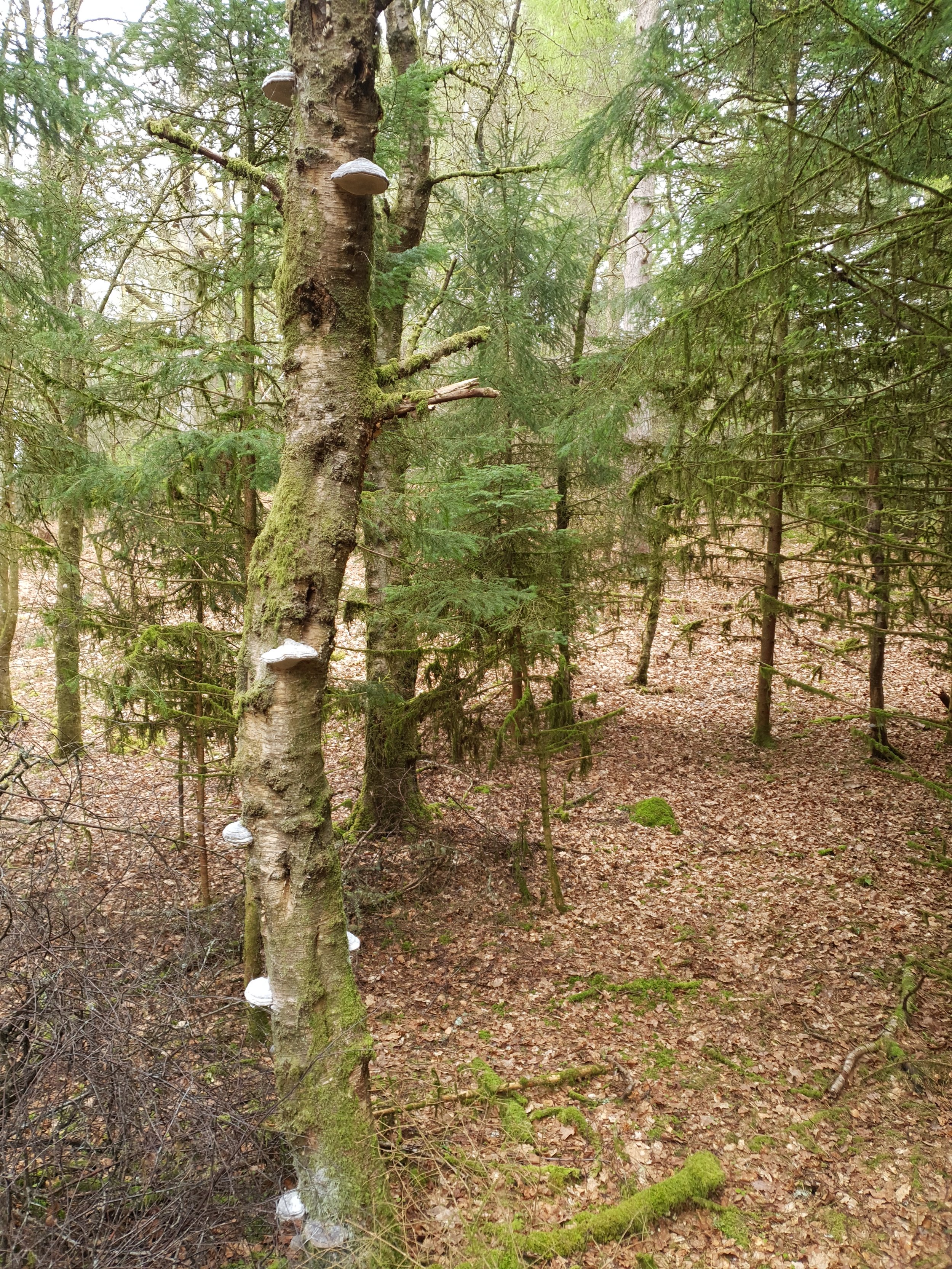
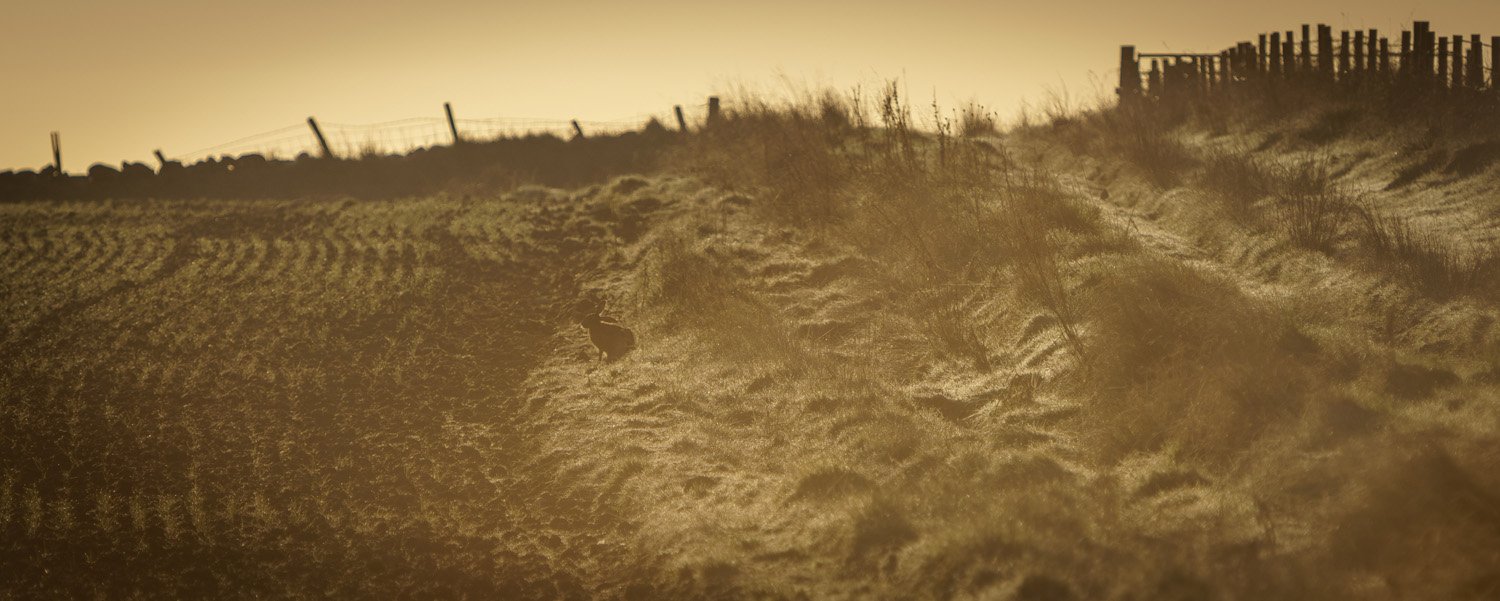
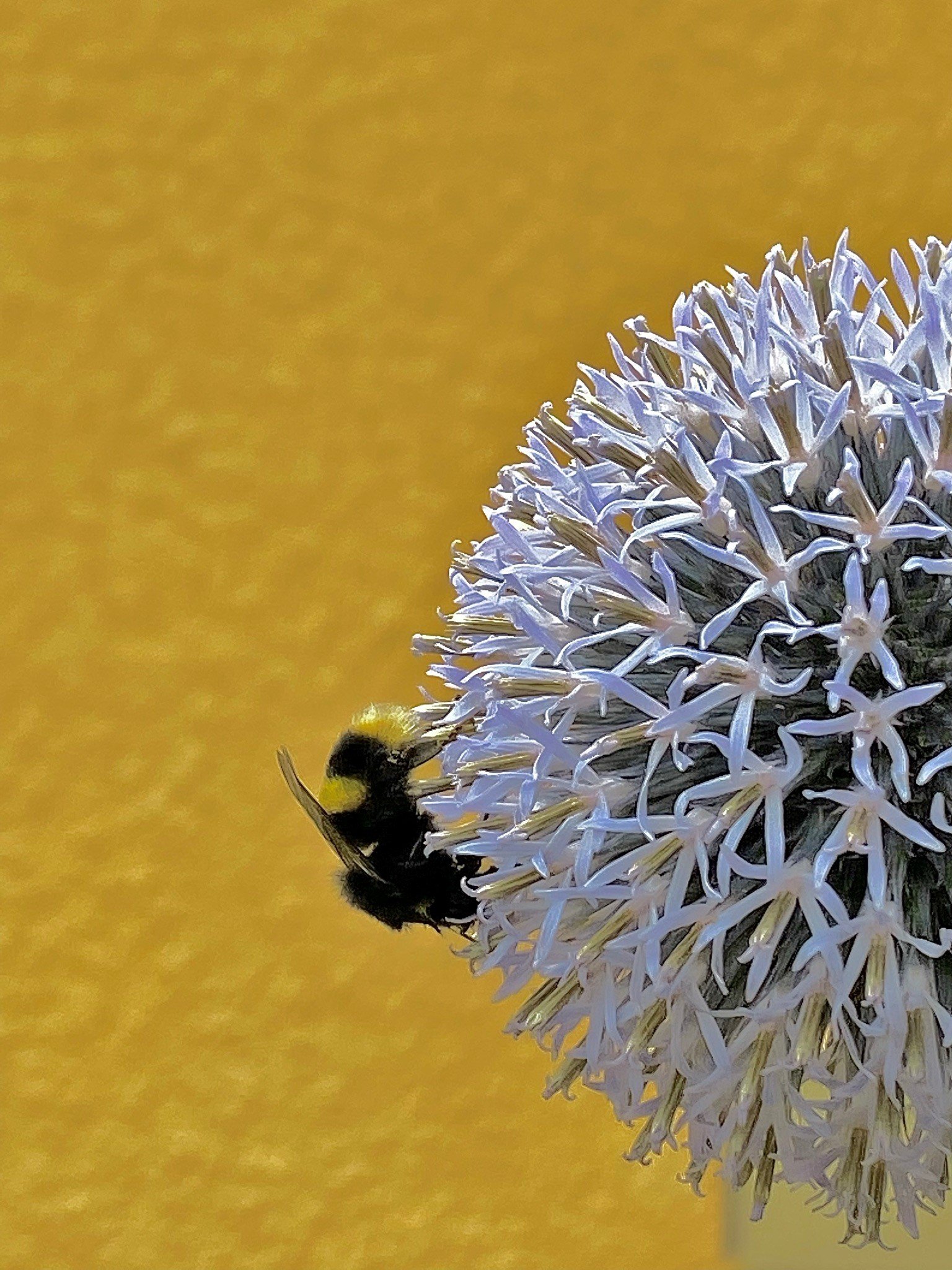

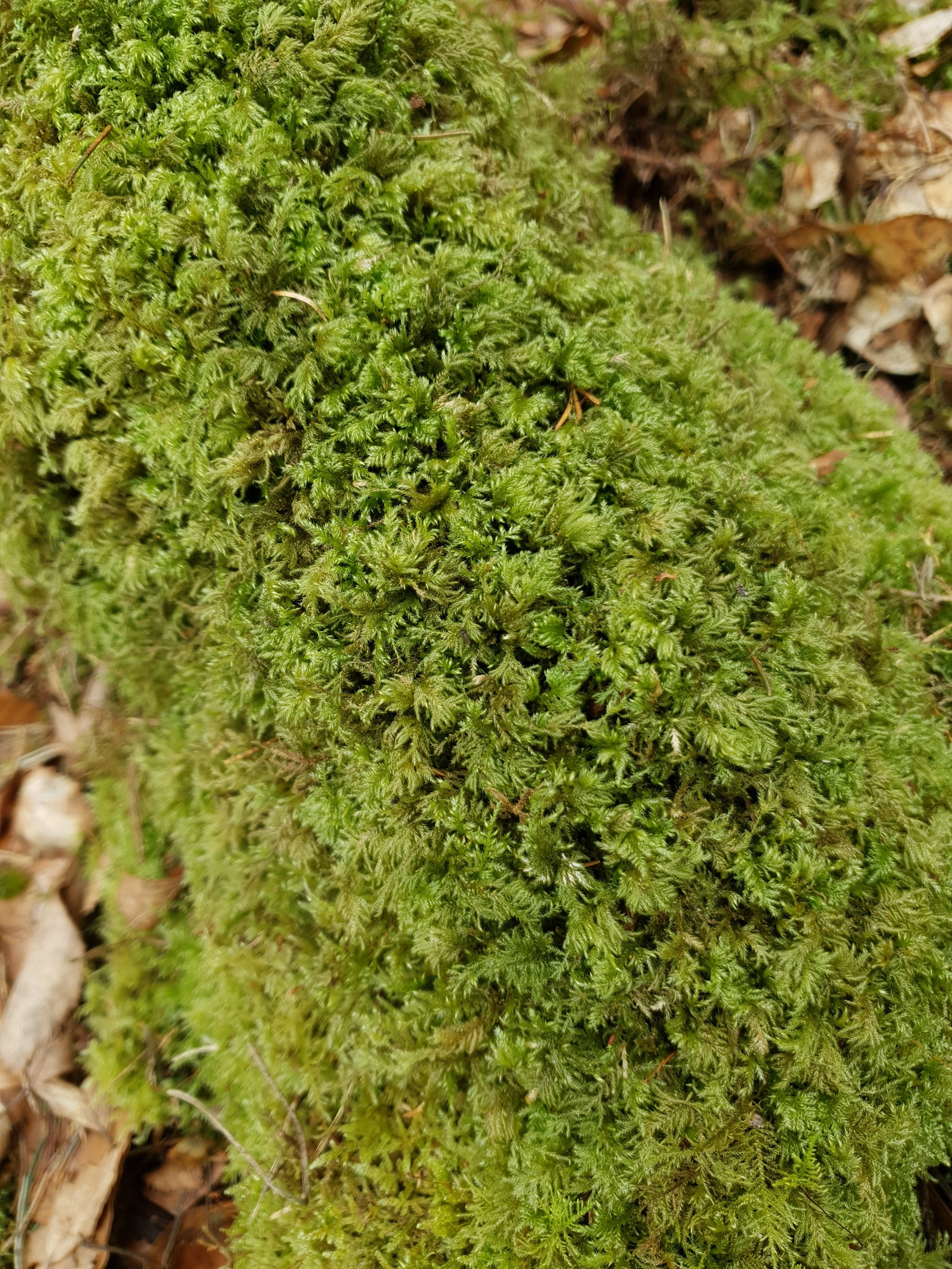



“The ancient estate, with its fields, moorland and woodlands is a wildlife haven of considerable ecological importance”
— Robert Wight, Editor, The Scots Magazine 2022


